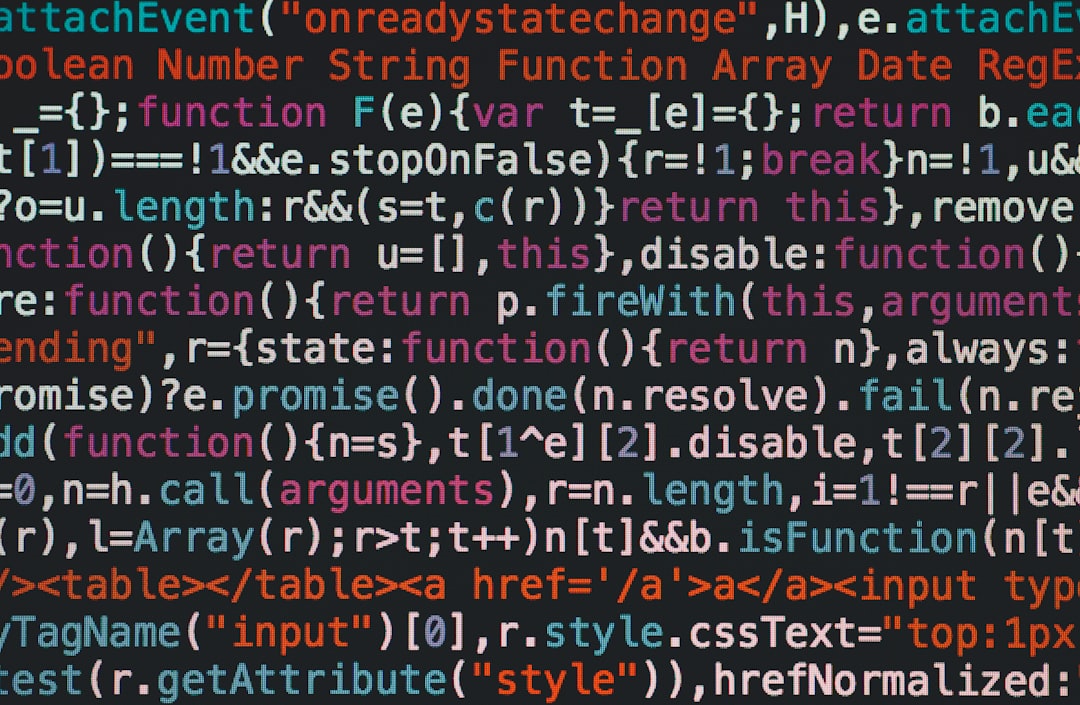What is it about?
This study examines NFT rug pulls, which steal investors' money. A curated dataset of 760 rug pulls across 10 NFT markets allows us to study these schemes' structural and behavioral qualities, identify rug-pullers' characteristics and motivations, and classify NFT projects into 20 groups based on creators' accounts. We found that repeated rug pulls contribute to the surge in NFT-related cryptocurrency crimes, with one NFT creator trying 37 rug pulls in three months. We also identify the creator groups influencing most rug pulls and show how rug-pullers of different NFT projects use the same wallets to store and transport money.
Featured Image

Photo by Choong Deng Xiang on Unsplash
Why is it important?
Our study helps analyze NFT market risks and develop preventative tactics to reduce losses.
Perspectives
Writing this paper was like opening a window into the shady world of scam artists in the digital art market. We delved deeper into how these scams, called rug pulls, happen. We looked at a lot of data and shared some smart ideas on how we might catch these bad actors early with the help of computer models. It also got me thinking about how rules in the marketplace and tracing money trails could help in stopping these scams before they hit innocent people. This paper is a good step towards making the digital art market a safer place for everyone.
Trishie Sharma
Indian Institute of Technology Kanpur
Read the Original
This page is a summary of: UNDERSTANDING RUG PULLS: AN IN-DEPTH BEHAVIORAL ANALYSIS OF FRAUDULENT NFT CREATORS, ACM Transactions on the Web, September 2023, ACM (Association for Computing Machinery),
DOI: 10.1145/3623376.
You can read the full text:
Contributors
The following have contributed to this page










